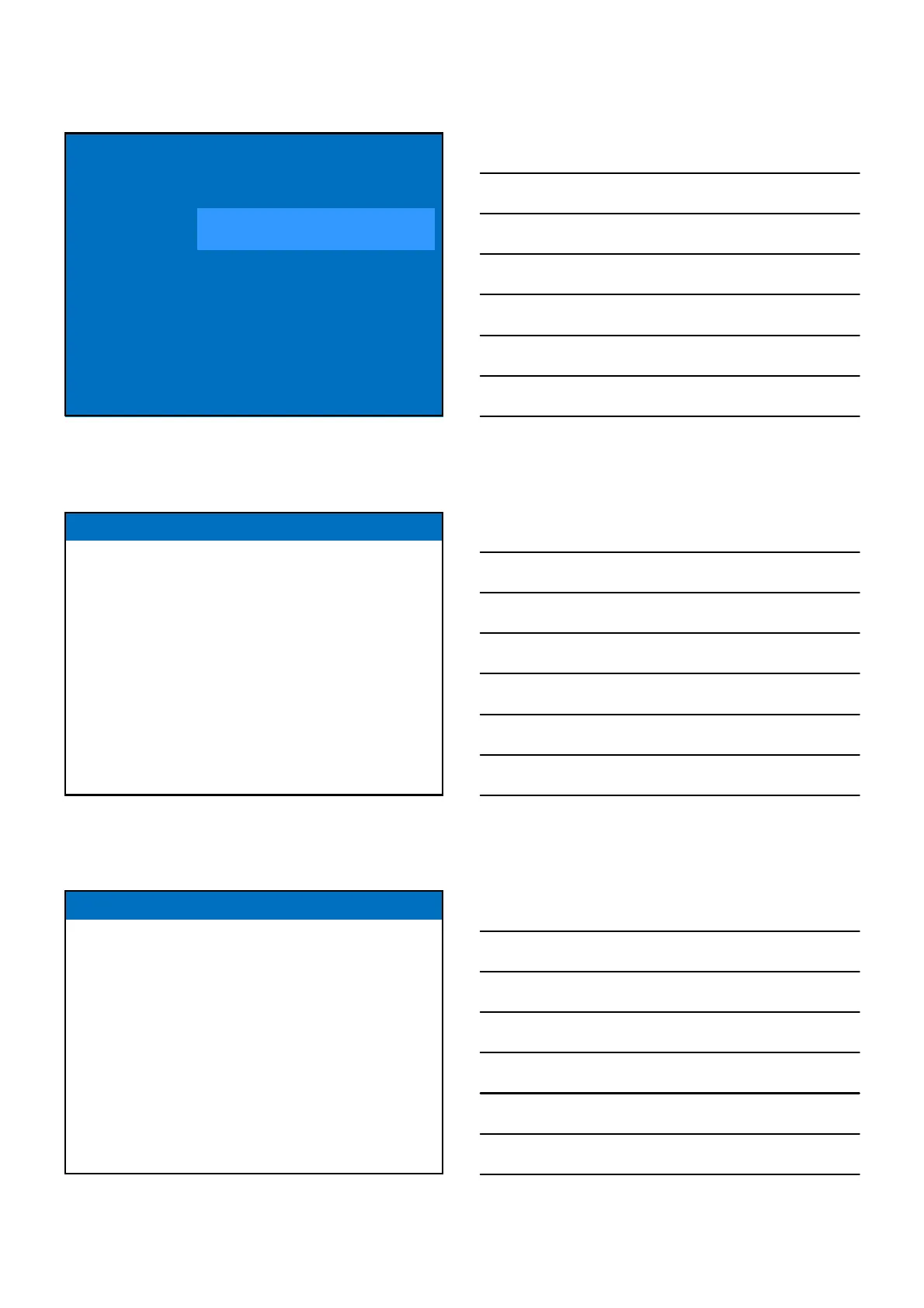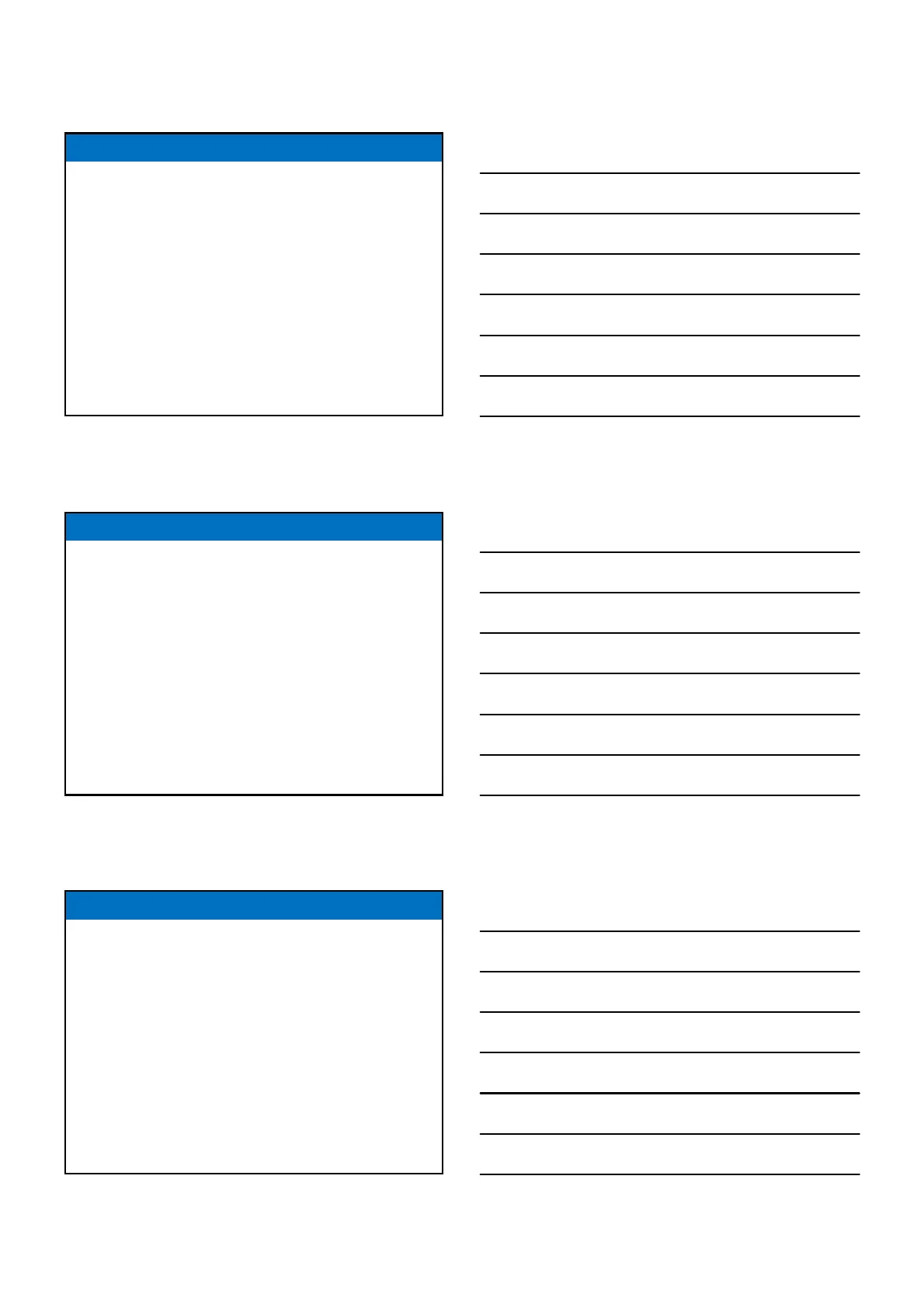Module 1: Review of Visual C# Syntax, Presentation
Slides from University about Module 1: Review of Visual C# Syntax. The Pdf introduces Visual C# syntax and Visual Studio 2017 features, covering .NET Framework, C# language constructs like conditional logic and arrays, and debugging tools for Computer science students.
Mostra di più9 pagine


Visualizza gratis il Pdf completo
Registrati per accedere all’intero documento e trasformarlo con l’AI.
Anteprima
Module 1 Review of Visual C# Syntax
Module Overview
- Overview of Writing Application by Using Visual C#
- Data Types, Operators, and Expressions
- Visual C# Programming Language Constructs
Lesson 1: Overview of Writing Application by Using Visual C#
- What Is the .NET Framework?
- Key Features of Visual Studio 2017
- Templates in Visual Studio 2017
- Creating a .NET Framework Application
- Overview of XAML
What Is the .NET Framework?
- CLR
- Robust and secure environment for your managed code
- Memory management
- Multithreading
- Class library
- Foundation of common functionality
- Extensible
- Development frameworks
- WPF
- Universal Windows Platform
- ASP.NET
Key Features of Visual Studio 2017
- Intuitive IDE
- Rapid application development
- Server and data access
- IIS Express
- Debugging features
- Error handling
- Help and documentation
Templates in Visual Studio 2017
- Console Application
- WPF Application
- Universal Windows Platform (UWP)
- Class Library
- ASP.NET Web Application
- ASP.NET MVC 4 Application
- WCF Service Application
Creating a .NET Framework Application
- In Visual Studio, on the File menu, point to New, and then click Project.
- In the New Project dialog box, choose a template, location, name, and then click OK.
using System; using System.Collections.Generic; using System.Linq; using System.Text; using System. Threading. Tasks; namespace ConsoleApplication 1 { class Program { static void Main(string[] args) { } } }
Overview of XAML
- XML-based language for declaring Uls
- Uses elements to define controls
- Uses attributes to define properties of controls
<Label Content="Name:" /> <TextBox Text="" Height="23" Width="120" /> <Button Content="Click Me!" Width="75" />
Lesson 2: Data Types, Operators, and Expressions
- What are Data Types?
- Expressions and Operators in Visual C#
- Declaring and Assigning Variables
- Accessing Type Members
- Casting Between Data Types
- Manipulating Strings
What are Data Types?
- int - whole numbers
- long - whole numbers (bigger range)
- float - floating-point numbers
- double - double precision
- decimal - monetary values
- char - single character
- bool - Boolean
- DateTime - moments in time
- string - sequence of characters
Expressions and Operators in Visual C#
Example expressions:
- + operator a + 1
- / operator 5 / 2
- + and - operators a + b - 2
- + operator (string concatenation) "ApplicationName: " + appName. ToString()
Declaring and Assigning Variables
- Declaring variables: int price; // OR int price, tax;
- Assigning variables: price = 10; // OR int price = 10;
- Implicitly typed variables: var price = 20;
- Instantiating object variables by using the new operator ServiceConfiguration config = new ServiceConfiguration();
Accessing Type Members
- Invoke instance members <instanceName> .< memberName>
- Example: var config = new ServiceConfiguration(); // Invoke the LoadConfiguration method. config.LoadConfiguration(); // Get the value from the ApplicationName property. var applicationName = config.ApplicationName; // Set the .DatabaseServerName property. config.DatabaseServerName = "78.45.81.23"; // Invoke the SaveConfiguration method. config.SaveConfiguration();
Casting Between Data Types
- Implicit conversion: int a = 4; long b = 5; b = a;
- Explicit conversion: int a = (int) b;
- System.Convert conversion: string possibleInt = "1234"; int count = Convert.ToInt32(possibleInt);
Manipulating Strings
- Concatenating strings StringBuilder address = new StringBuilder(); address.Append("23"); address.Append(", Main Street"); address.Append(", Buffalo"); string concatenatedAddress = address.ToString();
- Validating strings var textToTest = "hell0 w0rld"; var regularExpression = "\ \d"; var result = Regex.IsMatch(textToTest, regularExpression, RegexOptions.None); if (result) { // Text matched expression. }
Lesson 3: Visual C# Programming Language Constructs
- Implementing Conditional Logic
- Implementing Iteration Logic
- Creating and Using Arrays
- Referencing Namespaces
- Using Breakpoints in Visual Studio 2017
- Demonstration: Developing the Class Enrollment Application Lab
Implementing Conditional Logic
- if statements if (response == "connection_failed") {. . . } else if (response == "connection_error") {. . . } else { }
- select statements switch (response) { case "connection_failed": . . . break; case "connection_success": . . . break; default: . . . break; }
Implementing Iteration Logic
- for loop for (int i = 0 ; i < 10; i++) { ... }
- foreach loop string[] names = new string[10]; foreach (string name in names) { ... }
- while loop bool dataToEnter = CheckIfUserWantsToEnterData(); while (dataToEnter) { dataToEnter = CheckIfUserHasMoreData(); }
- do loop do { moreDataToEnter = CheckIfUserHasMoreData(); } while (moreDataToEnter);
Creating and Using Arrays
- C# supports:
- Single-dimensional arrays
- Multidimensional arrays
- Jagged arrays
- Creating an array: int[] arrayName = new int[10];
- Accessing data in an array:
- By index int result = arrayName[2];
- In a loop for (int i = 0; i < arrayName.Length; i++) { int result = arrayName[i]; }
Referencing Namespaces
- Use namespaces to organize classes into a logically related hierarchy
- . NET class library includes:
- System.Windows
- System.Data
- System.Web
- Define your own namespaces: namespace FourthCoffee.Console { class Program {. . . }
- Use namespaces:
- Add reference to containing library
- Add using directive to code file
Using Breakpoints in Visual Studio 2017
- Breakpoints enable you to view and modify the contents of variables:
- Immediate Window
- Autos, Locals, and Watch panes
- Debug menu and toolbar functions enable you to:
- Start and stop debugging
- Enter break mode
- Restart the application
- Step through code
Demonstration: Developing the Class Enrollment Application Lab
In this demonstration, you will learn about the tasks that you will perform in the lab for this module
Lab: Developing the Class Enrollment Application
- Exercise 1: Implementing Edit Functionality for the Students List
- Exercise 2: Implementing Insert Functionality for the Students List
- Exercise 3: Implementing Delete Functionality for the Students List
- Exercise 4: Displaying a Student's Age
Estimated Time: 105 minutes
Lab Scenario
You are a Visual C# developer working for a software development company that is writing applications for The School of Fine Arts, an elementary school for gifted children. The school administrators require an application that they can use to enroll students in a class. The application must enable an administrator to add and remove students from classes, as well as to update the details of students. You have been asked to write the code that implements the business logic for the application. During the labs for the first two modules in this course, you will write code for this class enrollment application. When The School of Fine Arts ask you to extend the application functionality, you realize that you will need to test proof of concept and obtain client feedback before writing the final application, so in the lab for Module 3, you will begin developing a prototype application and continue with this until then end of Module 8. In the lab for Module 9, after gaining signoff for the final application, you will develop the user interface for the production version of the application, which you will work on for the remainder of the course.
Module Review and Takeaways
- Review Questions